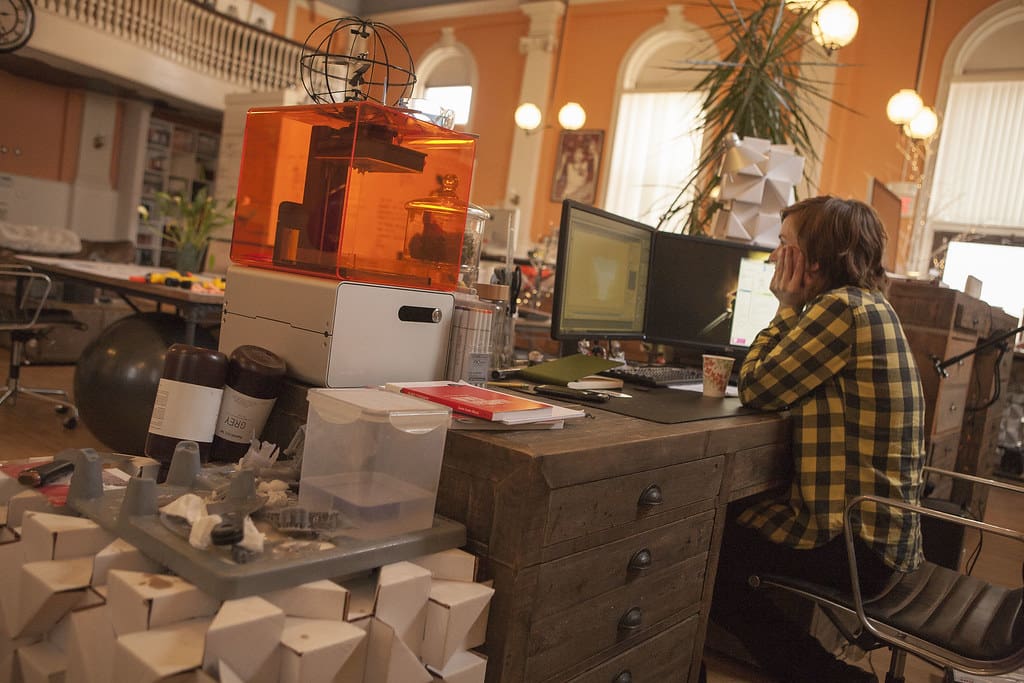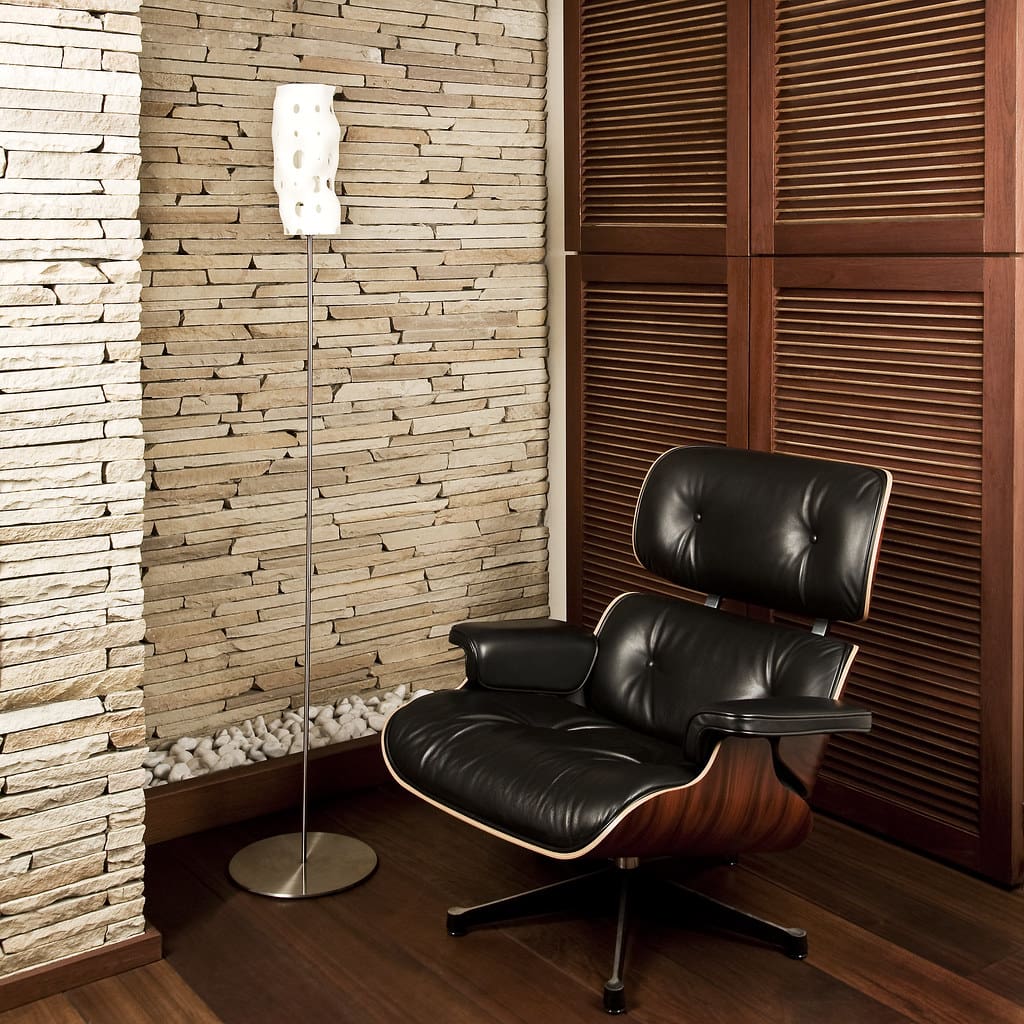Interior architecture is a discipline that bridges the gap between interior design and architecture, focusing on the internal features and functionality of a space while maintaining architectural integrity. The introduction of 3D printing into interior architecture has catalyzed a transformation in how interior spaces are conceived and realized. This technology allows for unparalleled customization, intricate detailing, and the integration of innovative materials, providing both aesthetic and functional enhancements to interior environments.
The Emergence of 3D Printing in Interior Architecture
Originally used for prototyping in industrial design, 3D printing has expanded its reach into the realm of interior architecture as a tool for creating bespoke furniture, fixtures, and architectural details. With advancements in 3D printing technology, architects and designers can now produce complex designs that were previously impossible or prohibitively expensive. This shift is driven by the desire for personalization and the need for efficient, sustainable design solutions that can adapt to the changing demands of space usage.

Advantages of 3D Printing in Interior Architecture
Design Flexibility and Innovation: 3D printing offers unprecedented freedom in design, allowing for the creation of unique, complex forms and structures. Interior architects can experiment with novel geometries and patterns that enhance the aesthetic and functional aspects of a space.
Customization: This technology enables the customization of design elements to fit specific spaces or user needs without a significant cost increase. Each piece can be tailored to the exact dimensions and style preferences of the client, ensuring a perfect fit for the intended environment.
Sustainability: 3D printing promotes sustainable practices by minimizing waste through precise material usage and the ability to use recycled or eco-friendly materials. This method aligns with green building standards and supports environmentally conscious design.
Cost and Time Efficiency: Rapid prototyping speeds up the design process from concept to creation, allowing for quicker client approvals and adjustments. Additionally, the ability to print on-demand reduces the need for extensive inventory and storage, cutting down on overhead costs.
Integration of New Materials: 3D printing has opened up possibilities for using innovative materials that offer improved performance, such as enhanced durability, lightness, or acoustic properties. These materials can be selectively placed within a single print to achieve specific characteristics.
Key Applications of 3D Printing in Interior Architecture
Custom Furniture and Fixtures: Chairs, tables, lighting fixtures, and cabinetry can be designed and produced to exact specifications, allowing for personal expression and precision that fits seamlessly into the designated spaces.
Architectural Details: Decorative elements such as moldings, trims, and textured walls can be printed to add distinctive features to interior spaces, enhancing the overall design theme without the constraints of traditional manufacturing techniques.
Functional Components: 3D printing enables the integration of functionality into interior design elements, such as built-in conduits for electrical and data cables, or HVAC components that are aesthetically pleasing and blend with the interior decor.
Acoustic and Environmental Modulation: Interior components designed with specific acoustic properties can be printed to enhance the comfort and usability of spaces such as theaters, conference rooms, and studios.
Adaptive and Transformative Furnishings: Furniture that adapts to different uses or changes in response to user interaction can be developed, maximizing the utility and flexibility of interior spaces.

Challenges in 3D Printing for Interior Architecture
Material Limitations: While there is a growing array of printable materials, finding ones that meet all the functional and aesthetic requirements for interior applications can be challenging.
Scale and Production Speed: Printing larger items or quantities can be time-consuming with current technology, which may not always be feasible for larger projects or those with tight timelines.
Technical Expertise: Effective use of 3D printing in interior architecture requires a deep understanding of both the technology and materials, necessitating ongoing training and experimentation for design professionals.
Market Perception and Acceptance: Overcoming skepticism about the durability and quality of 3D printed elements is essential for wider adoption in the interior design community.
Future Directions in 3D Printing for Interior Architecture
As 3D printing technology continues to evolve, its applications in interior architecture are expected to expand, driven by advancements in printing technologies, materials, and design software. Future developments may include faster, more cost-effective printing solutions and a broader palette of materials that can mimic or surpass the properties of traditional materials.
3D printing is poised to redefine the field of interior architecture, offering new opportunities for customization, innovation, and sustainable design. As the technology progresses, it promises to enhance the way interior spaces are designed, built, and experienced, making interior architecture more dynamic, responsive, and personalized than ever before.








